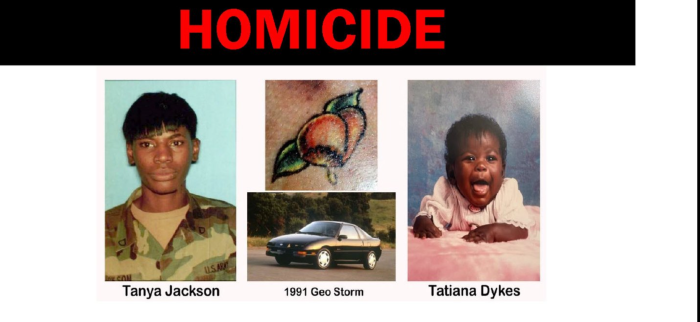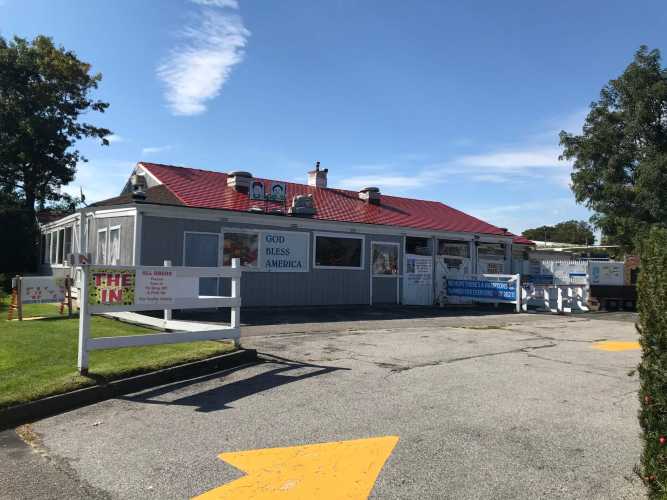The Republican-controlled Nassau County legislature is close to approving redrawn district lines that will force four Democratic incumbents into two districts when they seek re-election this fall despite legal challenges and accusations of gerrymandering.
The new political map will also put two Republicans into the same district as a part of the once-a-decade redistricting process required to ensure legislators represent an equal amount of residents based on 2010 census data. County Executive Ed Mangano, a Republican, is expected to sign the new map into law, if it passes as widely anticipated at the legislature’s next meeting on March 4.
“This is not an easy task,” Presiding Officer Norma Gonsalves (R-East Meadow) said before adjourning the meeting shortly before 1 a.m. Tuesday. She pleaded at times for the audience not disrupt the meeting in the packed legislative chamber of the Theodore Roosevelt Executive and Legislative Building in Mineola, reminding the crowd that redistricting is legally required “in order to guarantee the constitutional protection of one person, one vote.”
Legis. Dave Denenberg (D-Merrick) had his 10-block-wide sliver of his neighborhood lump his house into the neighboring district, pitting him against Legis. Joseph Scannell (D-Baldwin). Legis. Delia DeRiggi-Whitton (D-Glen Cove) saw her district merged with that of Legis. Wayne Wink (D-Roslyn). And the district held by newly elected Michael Venditto (R-North Massapequa) absorbed the part of a neighboring district that’s home to Legis. Joseph Belesi (R-Farmingdale), who Newsday reports may be retiring.
Democrats drew the current map when they had the majority in the legislature a decade ago but their proposal to keep the same districts intact was rejected. In 2011, the New York State Court of Appeals threw out an earlier version of the redrawn lines that the Nassau GOP legislative majority rushed through before that year’s elections with little public input.
“Packing and cracking have long been used to gerrymander districts,” said Nancy Rosenthal, co-president of the League of Womens Voters of Nassau County, referring to the practice of redrawing political maps to pack districts with voters registered to the majority party and crack apart areas where members of the opposition party live. “It is demoralizing to see it happening to this extent in Nassau.”
Analysts predict the redrawn map could help Republicans add two seats to their majority, or potentially three seats that could give the GOP a supermajority, according to Brian Paul, research and policy coordinator at Common Cause New York, a nonprofit organization that proposed an alternate map with a coalition of other nonpartisan advocacy groups.
That’s despite the fact that Democrats have a nearly 36,000-enrollment advantage over Republicans—368,049 Dems vs. 332,197 GOP out of 960,331 registered voters in Nassau, according to the latest New York State Board of Elections data. There’s also 212,932 unaffiliated voters, 33,408 Independence Party registrants, 10,249 registered Conservatives, 2,132 Working Family Party members, 1,159 members of the Green Party and 175 listed as “other,” the data shows.
“The only real benefit of moving 360,000-plus people is to shift things around so there is … incumbent safety or partisan politics advantage,” said Frederick Brewington, a Hempstead-based civil rights attorney who plans to sue the county over the map, if it’s approved. “At some point the question will be asked of you—explain yourself. And in this situation, the concept of this just being a policy decision is not going to cut it.”
Critics also decried the legislative majority for planning to pass a map certain to rack up legal fees the financially strapped county can’t afford over alleged violations of the Voting Rights Act.
Brewington joined others who personally appealed to the legislators, especially Legis. Denise Ford of Long Beach, a registered Democrat who caucuses with the Republicans.
In addition to members of various civic organizations, the dozens of speakers who voiced opposition to the new map before the vote included elected officials from the villages of East Hills and Freeport as well as the Uniondale and Great Neck school districts.
Francis Moroney, chairman of Nassau Temporary Districting Commission, said the panel hired Albany-based Skyline Demographic Consultants to draw the first draft of the map before it was tweaked to address concerns the public raised at a series of hearings.
“Every decision you make flows through and affects someplace else,” said Moroney, likening the process of trying to keep communities with similar interests together to an overflowing bowl of Jell-O. “It doesn’t happen in a vacuum. And it’s certainly not a perfect process.”
Adam Haber, a Roslyn school board member challenging former County Executive Tom Suozzi for the Democratic Party line to run against Mangano in November, doubted the fairness of the redistricting process.
“It’s obvious that the will of the people is against this process and the map,” said Haber, an East Hills resident. “What’s the point of … this hearing if the elected officials don’t listen?”
Denenberg made one last stand before the meeting was adjourned for the fight to continue next month, when another lengthy debate is sure to ensure.
“The only reason for that line is to come after me,” he told Morony, pointing to the sliver of the proposed District 14 that juts into southern Merrick, separating his neighborhood from the rest of the hamlet in proposed District 13. “That line that you drew in Merrick … strangely is two houses from my house.”

































